Description
Visible Texaco Gas Pump - Antique Gas Pumps Restored
Note: Due to our earned reputation, we have the good fortune to be in high demand by collectors. We always have a waiting list for most items. We suggest if you are looking for a specific collectable, restored to this level, please ask to be placed on our first come, first served list. (Refundable deposit required.) Call 1-800-292-0008
Some Interesting Historical Facts
The first gasoline pump was invented and sold by Sylvanus F. Bowser in Fort Wayne, Indiana on September 5, 1885. This pump was not used for automobiles, as they had not been invented yet. It was instead used for some kerosene lamps and stoves. He later improved upon the pump by adding safety measures, and also by adding a hose to directly dispense fuel into automobiles. For a while, the term bowser was used to refer to a vertical gasoline pump. Although the term is not used anymore in the United States, it still is used sometimes in Australia and New Zealand.
Many early gasoline pumps had a calibrated glass cylinder on top. The desired quantity of fuel was pumped up into the cylinder as indicated by the calibration. Then the pumping was stopped and the gasoline was let out into the customers tank by gravity. When metering pumps came into use, a small glass globe with a turbine inside replaced the measuring cylinder but assured the customer that gasoline really was flowing into the tank.
store, wait for the proprietor to pour the required amount from a barrel or tank, and then carry it away in a leaky metal canister.
fifty-gallon metal tank enclosed in a wooden cabinet with fume vents. A hand-operated suction mechanism pumped gasoline directly into the vehicle through a flexible hose, with each pull of the lever dispensing a preset amount.
For easy access the unit could be set up in front of a store or at the curb. Jake Gumpper, a stove-gas supplier who became Bowser?s first salesman, dubbed the arrangement a ?filling station.? Other companies quickly brought out similar apparatus.
Using a pump instead of a simple gravity-operated spigot made it possible to put the tank underground, which was safer, took up less space, and reduced contamination and evaporation. Pump makers soon added gauges to measure the amount dispensed. These changes were not always in the consumer?s interest, since unscrupulous dealers could adulterate the unseen gasoline or overcharge by rigging the dial.
The answer was to let the customer see what and how much he was buying. As early as 1901 John J. Tokheim of Thor, Iowa, patented a pumping unit with a domed glass cylinder on top. The product being dispensed?kerosene, machine oil, or gasoline would first be pumped into the cylinder, which was marked with a volume scale.
After the quantity had been verified and any water had separated out, the liquid would be released to flow by gravity into the customers container. In 1906 Tokheim introduced a model specially designed for gasoline. It was six feet tall, weighed 135 pounds, and came in red or black enamel with gold trim.
corporations replacing the previous hodgepodge of jobbers and retailers. Instead of buying anonymous gasoline from a repair shop or curbside pump of questionable reliability, a driver could pull into an attractively designed filling station (in the modern sense of the term), often run by a national oil company.
for the purpose.
the manufacturer of the pump.
Historical Facts On Texaco Oil Co
Texaco ("The Texas Company") is the name of an American oil retail brand. Its flagship product is its fuel, "Texaco with Techron". It also owns the Havoline motor oil brand. Texaco was an independent company until it merged into Chevron Corporation in 2001.
It began as the Texas Fuel Company, founded in 1901 in Beaumont, Texas, by Joseph S. Cullinan, Thomas J. Donoghue, Walter Benona Sharp, and Arnold Schlaet upon discovery of oil at Spindletop. For many years, Texaco was the only company selling gasoline under the same brand name in all 50 states as well as Canada, making it the most truly national brand among its competitors. Its current logo features a white star in a red circle (a reference to the lone star of Texas), leading to the long-running advertising jingles "You can trust your car to the man who wears the star" and "Star of the American Road." The company was headquartered in Harrison, New York, near White Plains, prior to the merger.
Texaco gasoline comes with Techron, an additive developed by Chevron, as of 2005, replacing the previous CleanSystem3. The Texaco brand is strong in the U.S., Latin America and West Africa. It has a presence in Europe as well; for example, it is a well-known retail brand in the UK, with around 1,100 Texaco-branded service stations.
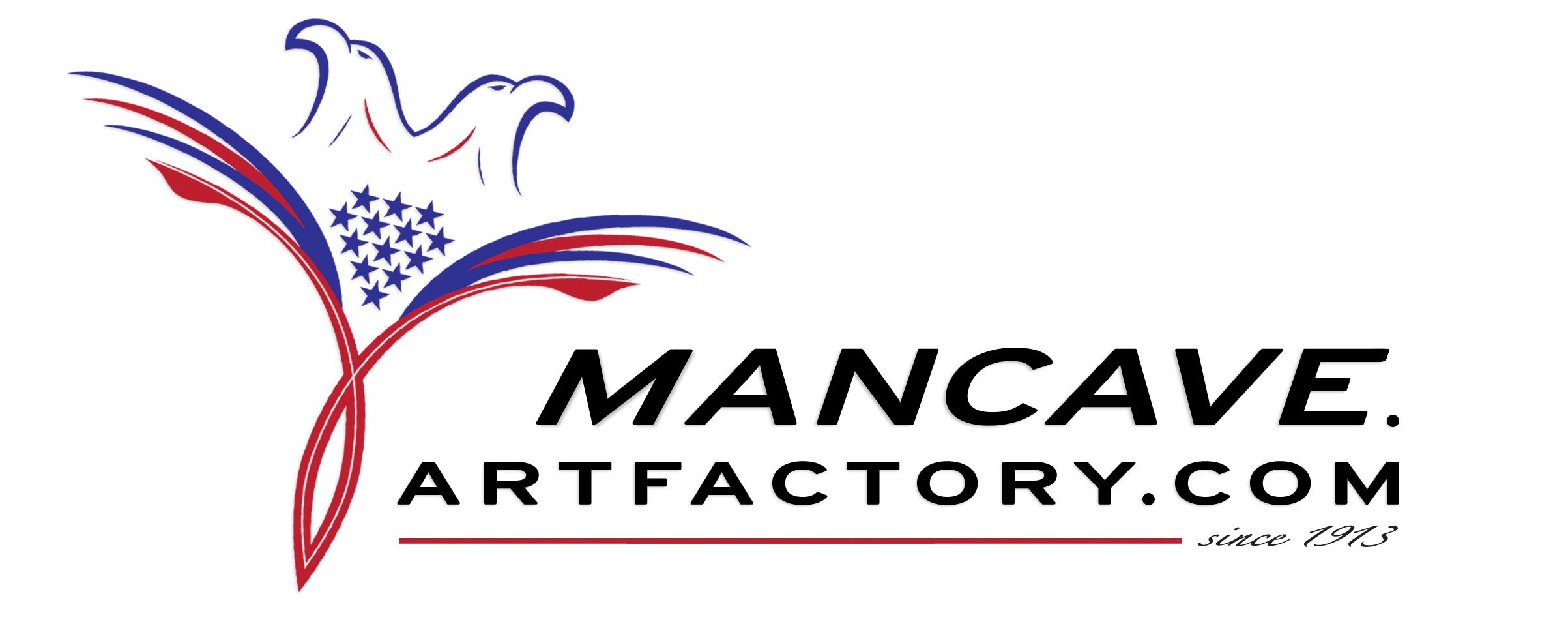

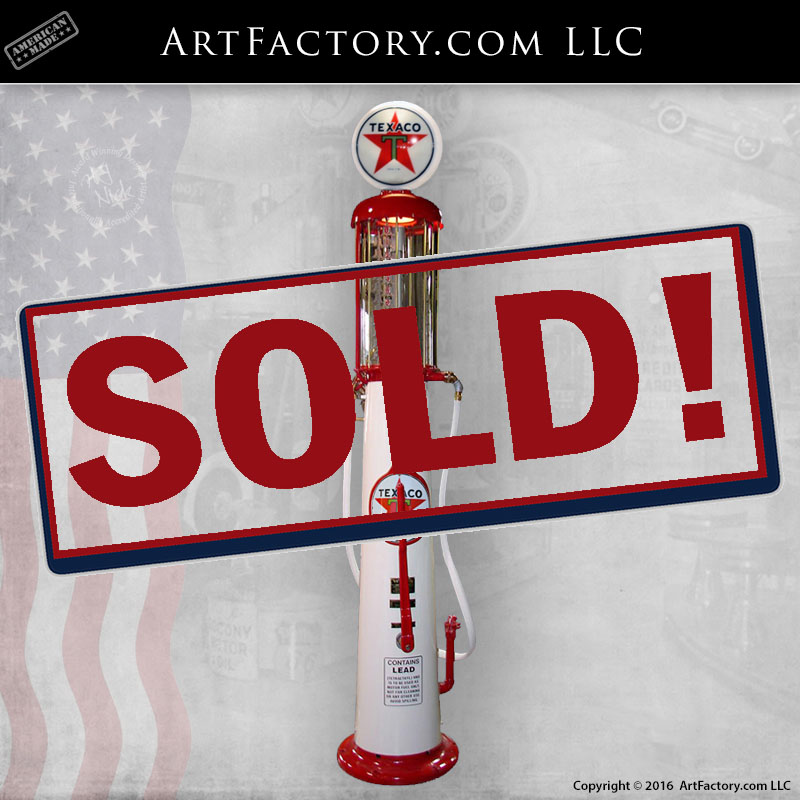
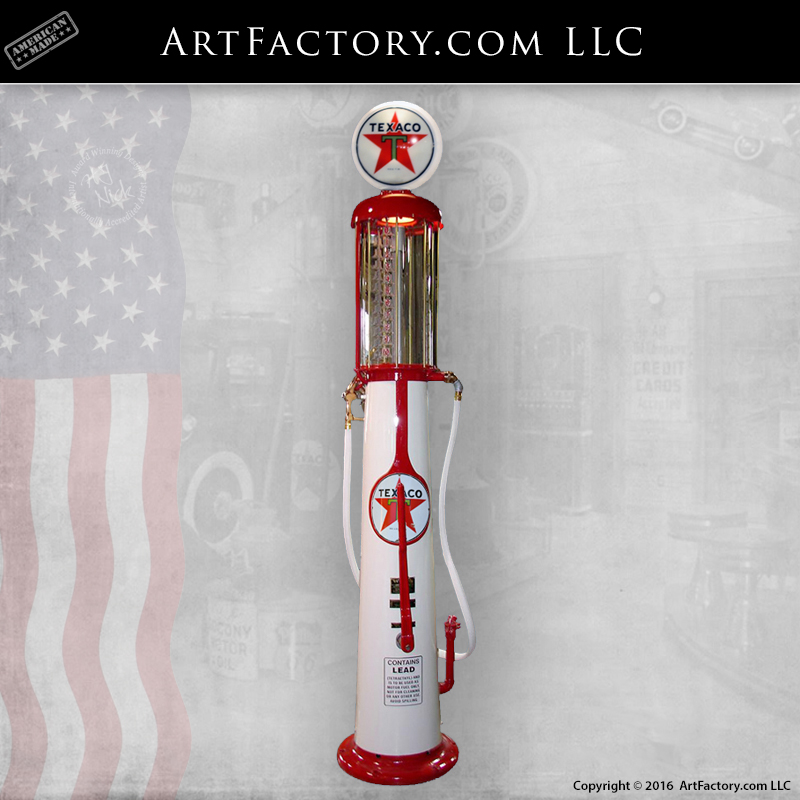
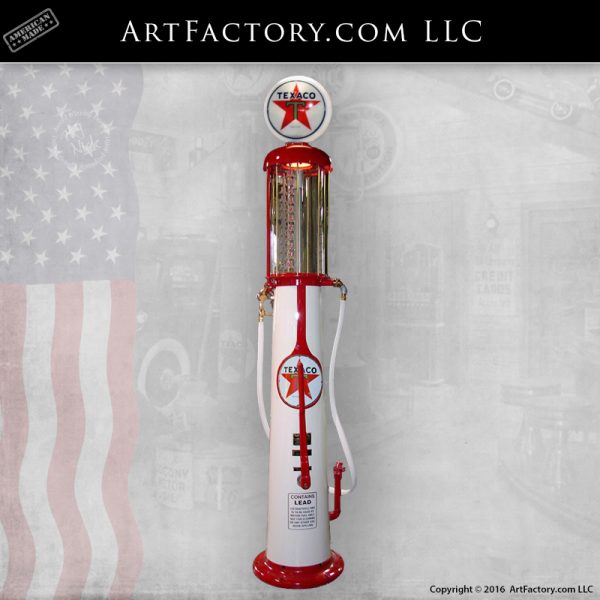

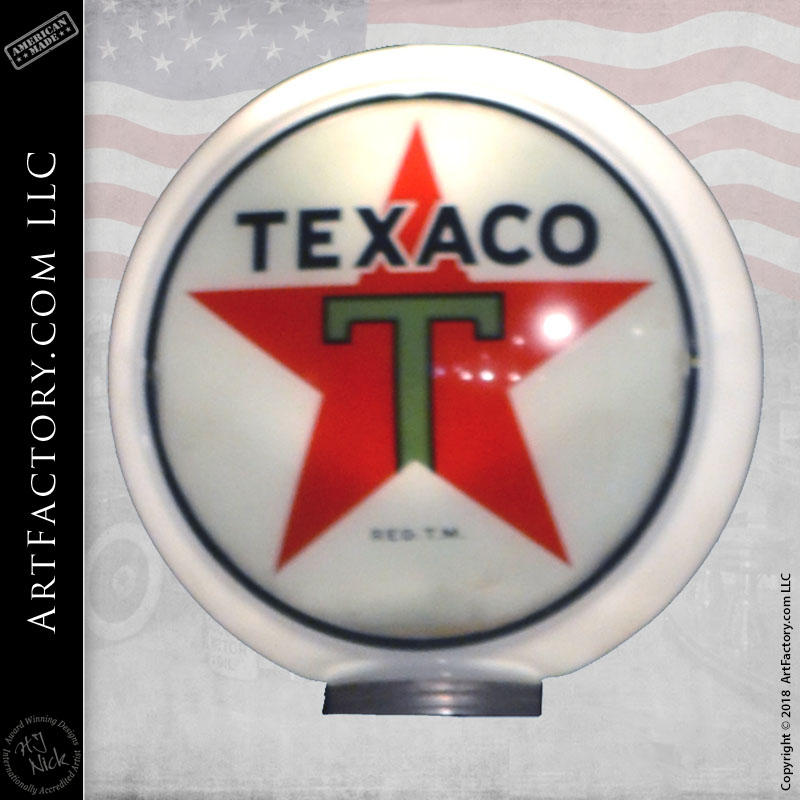
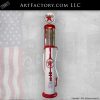

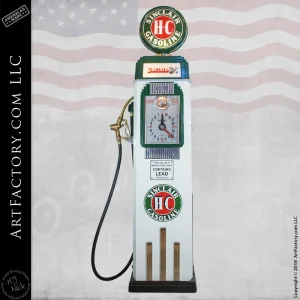
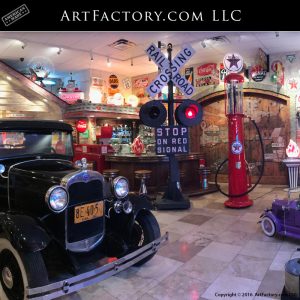

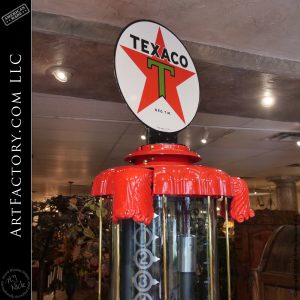
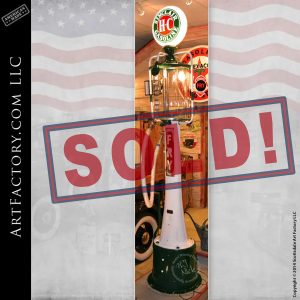

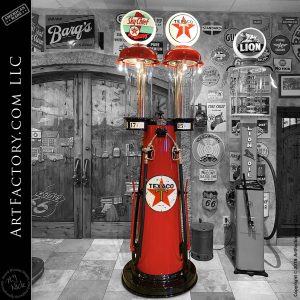
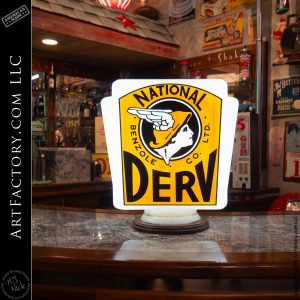
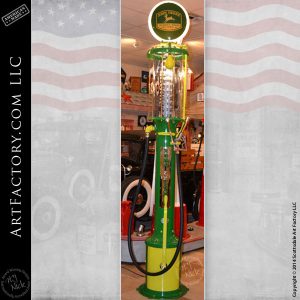
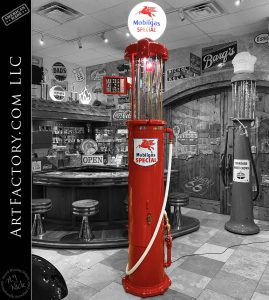
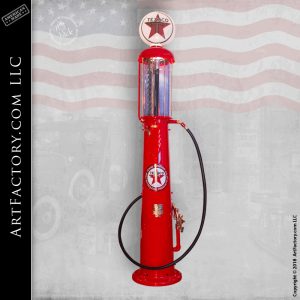
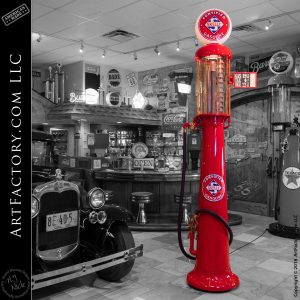
Reviews
There are no reviews yet.